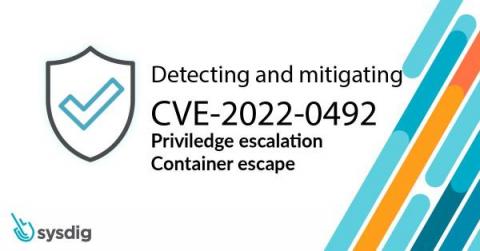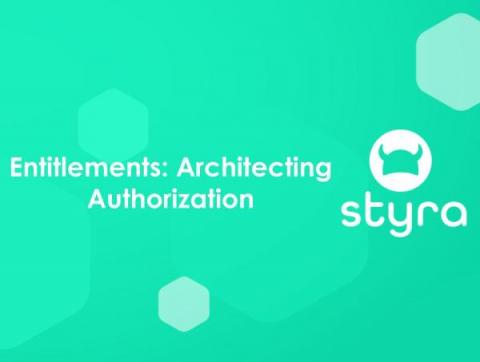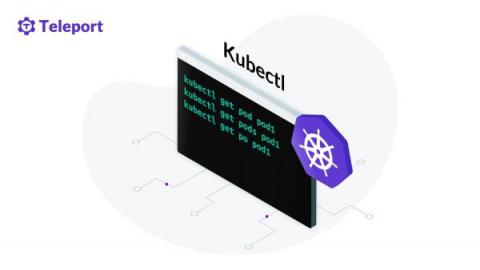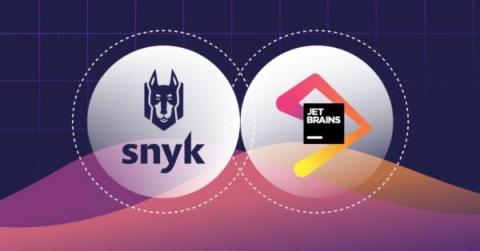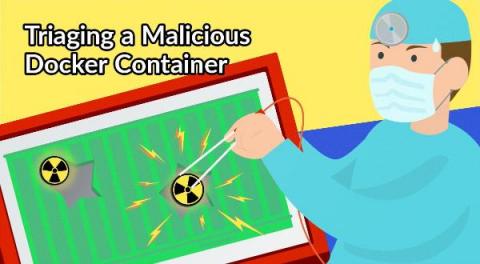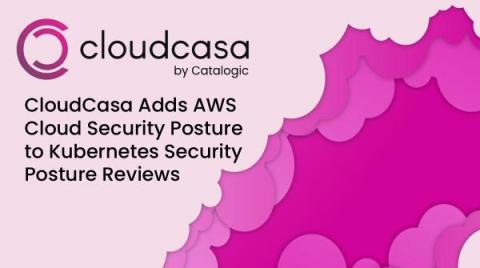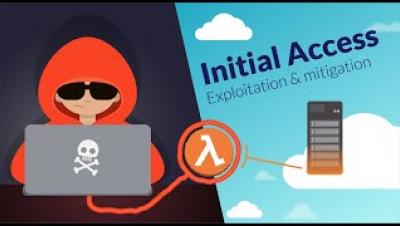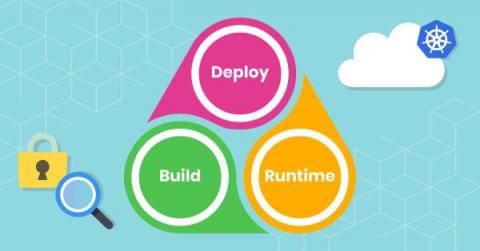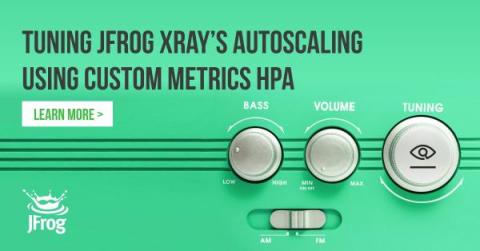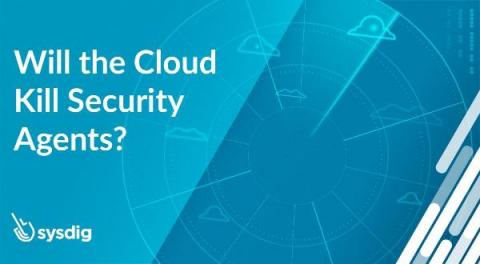CVE-2022-0492: Privilege escalation vulnerability causing container escape
Linux maintainers disclosed a privilege escalation vulnerability in the Linux Kernel. The vulnerability has been issued a Common Vulnerability and Exposures ID of CVE-2022-0492 and is rated as a High (7.0) severity. The flaw occurs in cgroups permitting an attacker to escape container environments, and elevate privileges. The vulnerable code was found in the Linux Kernel’s cgroup_release_agent_write in the kernel/cgroup/cgroup-v1.c function.


